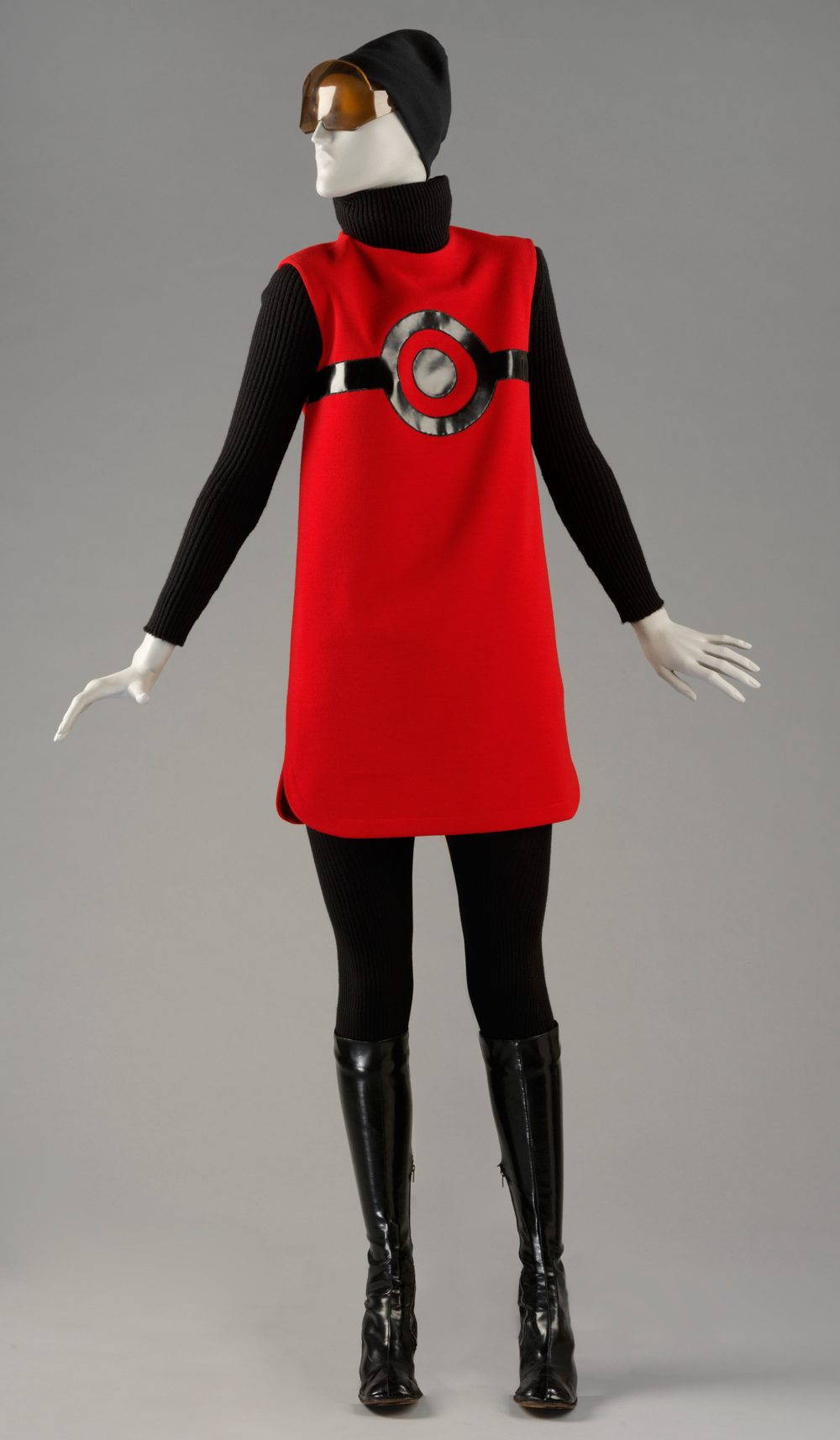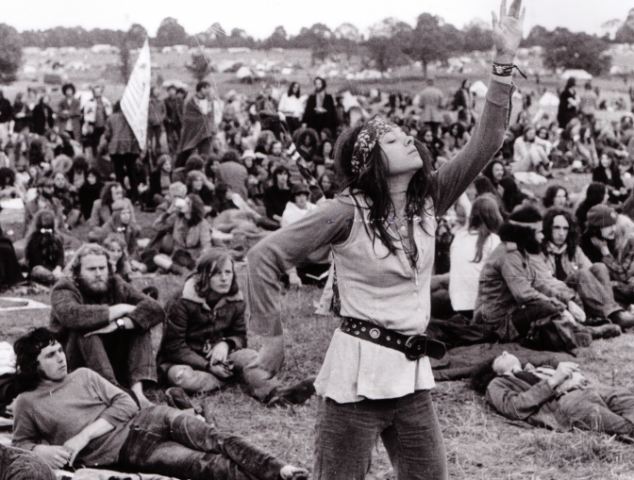By the 1970's women were more independent, some women had jobs and they wore what they wanted to wear that day. Holidays abroad was also becoming more popular as package holidays were offered and more people had disposable income. Therefore this widened fashion in Britain.
Short skirts were replaced by long, loose A-line dresses (maxi) that came just above the floor length, although the mini was still worn. They were printed with flower power patterns in feminine fabric. This related to the hippies, that continued from the sixties into the seventies as a known trend. Hippies preached love, freedom and peace. They took the issue with racial inequality, sexual discrimination, and civil rights. Hippies did this by protesting.
 |
| Primary photograph |


Primary photograph
Other trends in the seventies included trousers, in particular, flares, loon pants and bell bottoms. Blue jeans were no longer the attire for the working class, and denim was worn by nearly everyone. The 1970's was the decade when fashion for unisex blossomed, men and women started to wear clothes that were gender natural and sometimes couple were seen wearing the same outfit.

One of my favorite trends from the seventies would be the jumpsuit. Full of bright colours, shimmer and sequins. It highlighted the body's assets. These days you would have to be very brave and confident to wear such a jumpsuit but that's what i loved about seventies fashion. The freedom and passion was shown on the clothes.
Look how striking this jumpsuit is by Aussie Clark, an iconic designer in the seventies. This garment just screams the seventies, the bold print and vivid colours with the long fringing. Its certainly a design that would make heads turn, but that's what i love about the seventies.
Again like the sixties, the seventies still inspires fashion today. Currently in 2015, the trends are all about the 1970's fashion, especially the flower power aspect.






















